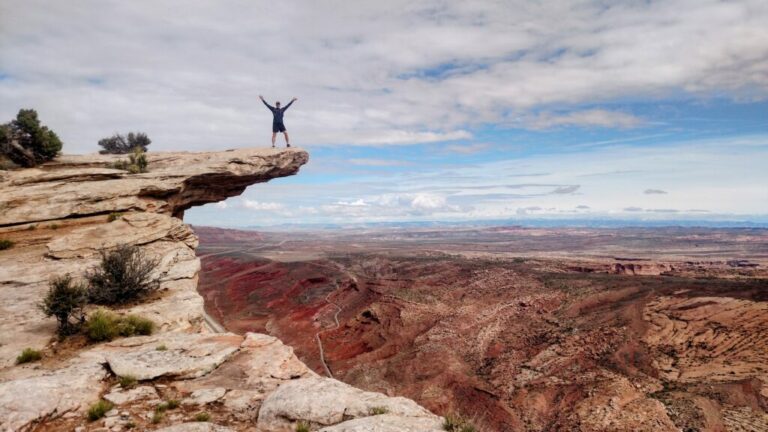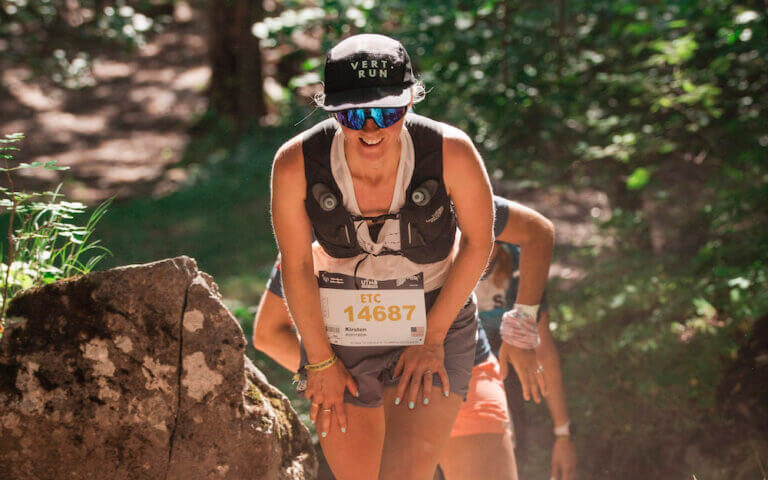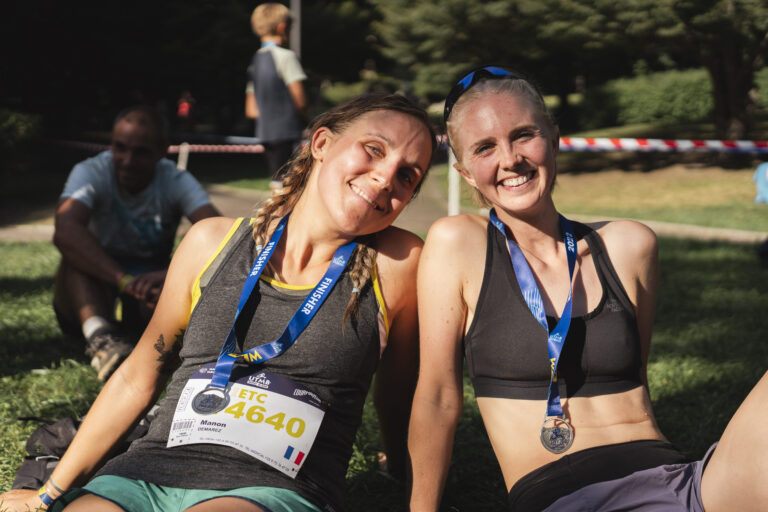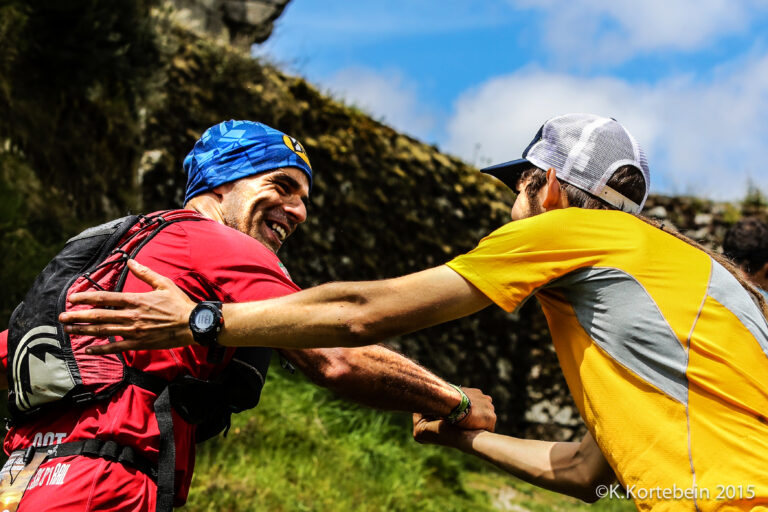Once revolutionary, the GPS technology (or better, radio navigation satellite technology, of which GPS is an example) is now available on pretty much any device. But what are the most important features for a trail running watch?
In my view, choosing the best GPS model requires answering three very general questions:
- What will I be using it for and what type of runner am I?
- What is my budget?
- What kind of data do I need?
While the first two questions have a more personal answer, I would like to explore in detail the third one.
Choosing a watch for trail running sometimes can get very overwhelming with all the functions you might not even need. In this guide we will explore what are the essential functions you should keep an eye on and why you need them.

Trail Running Watch Battery life:
You need to make sure it can last long enough for the type of activity you are going to use it. There’s no such thing as your GPS battery dying while running an ultra! Technology has made huge progress, with GPS models that can last over 100h or even more, depending on how they are used. Why is battery life also important? You can go on a trip or a several days adventure without a charger; you can track your health data continuously without having to take it off from your wrist; you can keep your data on display longer. This leads us to the next key feature.
Trail running watch Navigation:
This is a key feature I personally wouldn’t want to give up. Being able to explore a new place without getting lost or having to bring a map is pure gold. Many new models offer turn by turn navigation and the possibility to choose new routes among popular heat-maps, to build, save and upload your tracks. The only quibble about this feature is the price, which necessarily goes up compared to most basic models without it.
Trail running watch Altimeter:
In my experience, even without a barometric altimeter the GPS+GLONASS based elevation measurement lies within an acceptable range of +- 10m from the actual elevation. This precision is more than enough for what most of us need. The only type of data that will be greatly affected by this feature is the cumulative elevation gain (or loss), which is much more accurate with a barometric altimeter: this is due to the fluctuations of the elevation that in most cases leads to an overestimation of this data.
Trail running watch HR monitor:
Wrist vs chest HR monitor? Unless you are willing to spend a great budget, your sportwatch is not going to be accurate in terms of wrist HR measurement. While sometimes it’s a useful parameter to check during or after your runs, ask yourself how often you actually need it. A HR chest belt is sometimes included in the watch price, and it is going to be much more reliable. It’s also true that most GPS models currently incorporate a wrist HR sensor (of course, you can always associate a HR chest belt even though your GPS has the HR measurement from the wrist).
Trail running watch Tracking System:
Our current technology is mainly based on three different tracking systems: GPS, GLONASS and Galileo. The market has already released sportwatch models that rely on all three of them, making the multi-tracking system a big improvement in the accuracy of the position signal even in “traditionally difficult” places like canyons, dense vegetation or near tall buildings. I would not renounce the GPS + GLONASS tracking systems, which are now available on most devices.

Trail running watch Interface:
The possibility to personalize your sportwatch and make it user friendly is often undervalued. Simple is beautiful, but if you have to scroll down eight different screens before finding what you need during your activity, maybe you’re not using the most appropriate model for you. Most sport watches also allow the personalization of several sport profiles for all the different activities you may want to explore besides running.
Other Physiological data:
There’s an endless list of variables that today’s GPSs can measure or estimate: cadence, stride length, running power, leg spring stiffness and other variables related to training: VO2max, training load, threshold HR and pace. While they are surely interesting and often quite accurate, at least on the most advanced sportwatch models, they are also a bit overwhelming to visualize during training. After all, ask yourself what you really need during and after a run. Remember that there’s no sensor, no parameter, no index as reliable as yourself and your feelings. This is one of the greatest abilities to develop as an athlete. Technology can surely help us train in a more productive way, but it should remain what it is: a tool that cannot substitute our perception.
Other things to take into account:
Apart from your budget, you should want to pay attention to a few other features: the sportwatch weight, the type of face (sapphire face increases scratch resistance, but it’s going to cost you a non negligible price), the possibility to store music, the waterproof rating, the wristband material, the software and app to analyze data and track your performances.
We hope to have clarified your ideas after this overview of the most important features for a trail running watch. Regardless of your choice, when in doubt, remember: the easier, the better.
Train smarter, easier, stronger: get ready to unlock your full potential with Vert.








